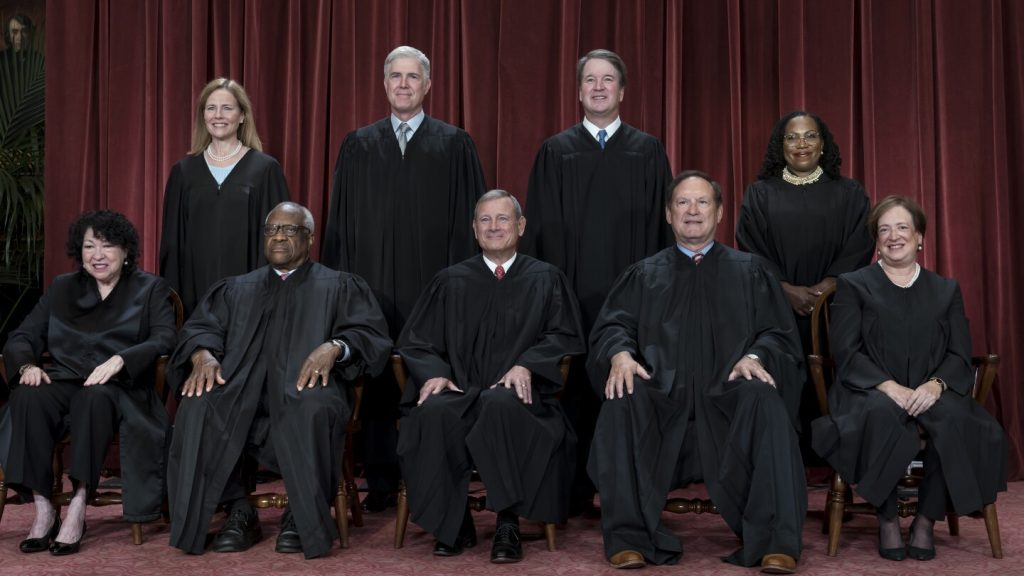In the recent Supreme Court term, conservatives, including three justices appointed by Donald Trump, were largely successful in achieving their desired outcomes. Chief Justice John Roberts, who has been seen as an institutionalist, played a key role in delivering significant decisions that favored Trump’s political and legal interests. These decisions included granting immunity to former presidents from criminal prosecution and reversing a long-standing case that upheld federal regulations. The court’s conservative majority also stripped the Securities and Exchange Commission of a fraud-fighting tool and opened the door to challenges against regulations, potentially leading to a wave of lawsuits.
The court’s decisions reflected a deep ideological divide, with conservatives holding a two-to-one advantage over liberals. Ethics controversies within the court, including calls for Justice Samuel Alito to recuse himself from certain cases, raised concerns about impartiality. Despite these controversies, the court’s majority, which often included Trump-appointed justices, moved forward with key decisions that favored conservative interests. The court’s actions on issues like presidential power and administrative law have raised questions about the balance of power within the government and the role of the executive branch.
The court’s rulings marked a significant shift in fortunes for Trump, as he faced legal challenges related to his actions following the 2020 election. The court provided him with significant legal victories, including delaying a criminal trial and narrowing charges of election interference. These decisions came in the aftermath of the Capitol attack by Trump supporters, though the court downplayed the relevance of those events in its opinions. The court’s decisions also highlighted the impact of Trump-appointed justices on key cases and their alignment with conservative interests.
The court’s actions on issues like Chevron, presidential power, and regulatory challenges underscored the conservative majority’s efforts to reshape legal precedents and limit government authority. The court’s decisions have spurred discussions about judicial modesty and the role of the judiciary in maintaining checks and balances. The court’s conservative justices, including Trump appointees, joined forces on key decisions, leading to divisions among the justices and raising concerns about the court’s credibility and independence. The rulings have also sparked debate about the court’s handling of contentious issues like abortion and gun control.
Overall, the court’s term saw a series of significant decisions that favored conservative interests and reshaped legal precedents. Chief Justice Roberts played a pivotal role in delivering key rulings that benefited Trump and conservative causes. The court’s actions on issues like Chevron and presidential power reflected a broader trend of shifting legal principles and ideological divides within the judiciary. Despite criticisms and ethics controversies, the court’s conservative majority, including Trump appointees, remained united in their decisions, raising questions about the court’s independence and neutrality. The term’s decisions have significant implications for the balance of power within the government and the future trajectory of key legal issues in the United States.


